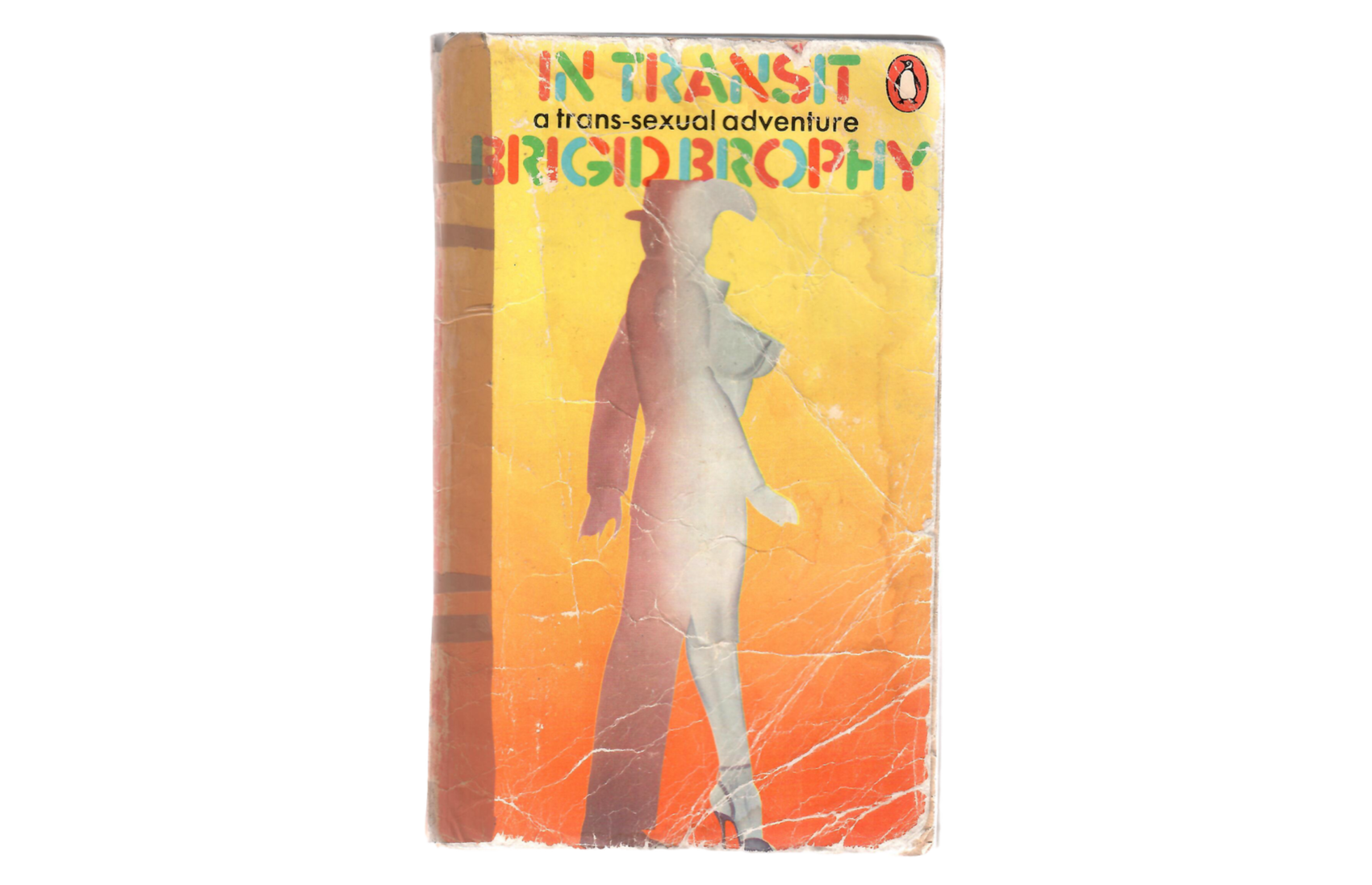Events
Discourses 1
Queer Forms in Art and Literature
Curated by Andrew Hodgson
with Cécile di Giovanni (Paris, FR), Hadrien Jacquelet (Paris, FR), James Unsworth (Salford, UK), Roy Claire Potter (Manchester, UK)
2pm – 4pm, Saturday, 18th May

Brigid Brophy, In Transit – A Trans-sexual Adventure, 1969 (Artwork: Allen Jones)
Discourses borrows from the academic format of panel presentations and discussion with the goal of digging a little deeper into the discourse themes than the regular format of artist talks might allow. As a performance in artistic research, speakers are asked to develop a presentation focused on a facet of interest within the theme of their panel. The goal of each panel is to develop a wide-ranging, exploratory discourse around understandings of the theme through combining aspects of the art historical, art practical, and art theoretical.
Cécile di Giovanni
Exploring Horror: Shaping Identity, Artistic Expression, and Queer Experience
How has horror accompanied and influenced me, shaping my personality and identity since childhood and adolescence, and how does it currently impact my work as an artist? Additionally, how has my relationship with horror evolved from childhood – from being unable to confront the genre to now using it as a tool in my artistic practice? Furthermore, how has horror influenced and contributed to the construction of my queer identity, and how has it impacted my anxiety?
Cécile di Giovanni’s multidisciplinary artistic practice delves into the evolution of her idealized and fantasized perception of a distinct North American culture as depicted in films and TV series from the 80s, 90s, and 00s, examining its influence on the construction of her identity and perception of the world. Through her work, she scrutinizes the transformations of symbols, myths, and codes, leaving an indelible mark on her childhood and adolescence.
Hadrien Jacquelet
Chimeras and Gargoyles: An Unexpected Refuge on the Fringes
Intended to keep evil and sinners afar from the mostly religious buildings they adorned (Huysmans had a theory explaining it as the gargoyles vomiting the evil away), gargoyles and chimeras remain some of the most eccentric, interesting and vastly unexplained sculpted work that have persisted to our times.
These sculpted characters, somewhat considered as being the fruit of the folklore of their era, incorporate perhaps more chaos than first thought. Their very existence, relying on the notion of “good,” gives way to an ironic sense of the sculpted deviant creatures. Charcot and Richer observed them as psychiatric patients in Les Démoniaques dans l’Art, opening the door to viewing them as holding more than symbolic values and revealing the inner truths and vulnerabilities of the human psyche. From their positioning on the exterior fringes of edifices of power to their arresting aesthetic, they provoke an incarnation of difference, and asks that we explore their legacy in a more profound manner.
Hadrien Jacquelet (b.1987) is a French figurative painter. His portraits of friends, controversial figures, and himself waver between faithful renditions and synthetic creatures at the turn of our century. Since 2010, he has participated in group shows in Paris, Los Angeles, Berlin and Milan. Solo exhibitions include a show at One Wall Gallery, Portland, 2022, and Superstition, at Del Vaz Projects, Los Angeles, 2015.
James Unsworth
The History of Girth and Mirth Organisations in Print
I’m going to present how Girth and Mirth Organisations used print to form community and share information. Very little research and writing is dedicated to this sexual subculture that came about during a time of widespread homophobia and fat phobia and many of these printed materials will have been hidden then subsequently destroyed throughout the 70’s, 80’s and 90’s. The rapid spread of home internet use in the early 00’s lead to these publications becoming obsolete. These materials have been gathered from my own collection, online sources and LGBT+ archives in Europe and the USA.
James Unsworth makes work about fat queer bodies. He researches the print history of girth and mirth organisations and early bear culture to use as source material, either as inspiration for drawings or raw material for collage. As well as using archive materials he uses contemporary models to insert fat queer bodies into art history. He explores the intermingling of queer, print and art history and the connections/contrasts that exist between the past and present, questioning current ideas around beauty, sex, masculinity, and gender. In doing so, he introduces audiences to aspects of queer culture they may not have been exposed to.
Roy Claire Potter
A Backward-Facing Circle: Neuroqueering Communication
Eight to twelve plastic chairs, any colour, in a room. Their moulded seats are fixed onto coated steel legs, bended, black. These unremarkable chairs, set in a circle, re-stage history; a group discussion. But it’s inverted, the circle, backward-facing so, what kind of communication is this?
Roy Claire Potter is an artist and writer, Influenced by linguistics and performance theory, who makes performance, writing, drawing, installation, and film. They also collaborate with musicians and sound artists to make audio for music festivals and radio. Roy is a Senior Lecturer of Fine Art at Liverpool John Moores University, a former tutor of Hybrid Writing at Arvon Foundation, and has taught performance workshops at École des Beaux-Arts de Nantes and Royal College of Art, London. Their first novel The Wastes is published by Book Works.
Dr. Andrew Hodgson is a writer and researcher based in Paris. He is author of the critical studies The Post-War Experimental Novel (Bloomsbury, 2019) and Surrealisms (Bloomsbury, 2025), and the novels Reperfusion (WPS&B, 2012) and Mnemic Symbols (Dostoyevsky Wannabe, 2019). He has edited two collections of experimental writing, Paris (Dostoyevsky Wannabe, 2019) and Praxis (Dostoyevsky Wannabe, 2021). For the book object New Forms of Art and Contagious Mental Illness (New Documents, 2023), he selected and translated a series of texts from Danish into English, describing an episode in art history following the First World War when avant-garde art and literature was thought to be a pathogen of “contagious psychopathy.” His writing has appeared in frieze, Art Basel, The Paris Review, The Guardian, and 3:AM Magazine among other venues.
